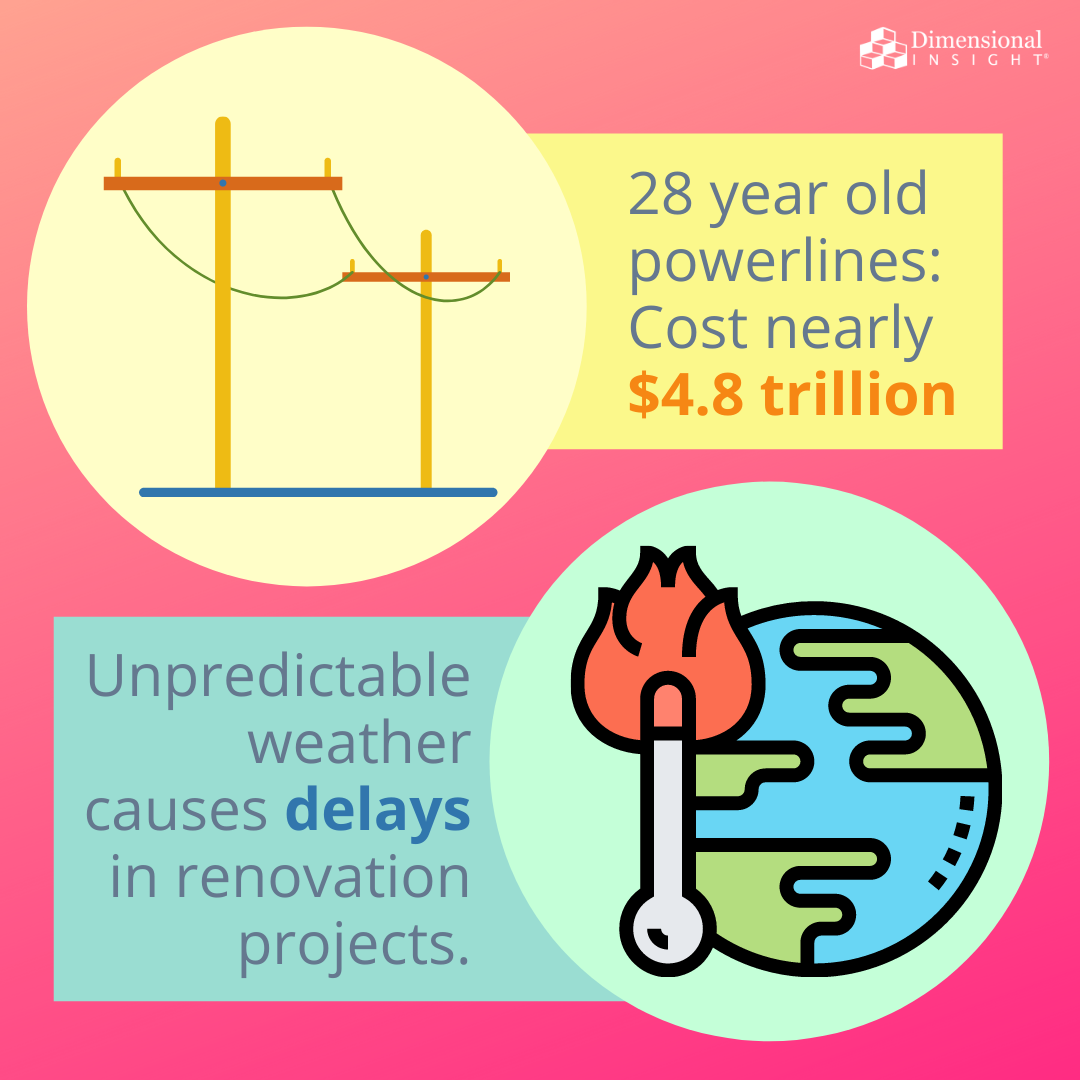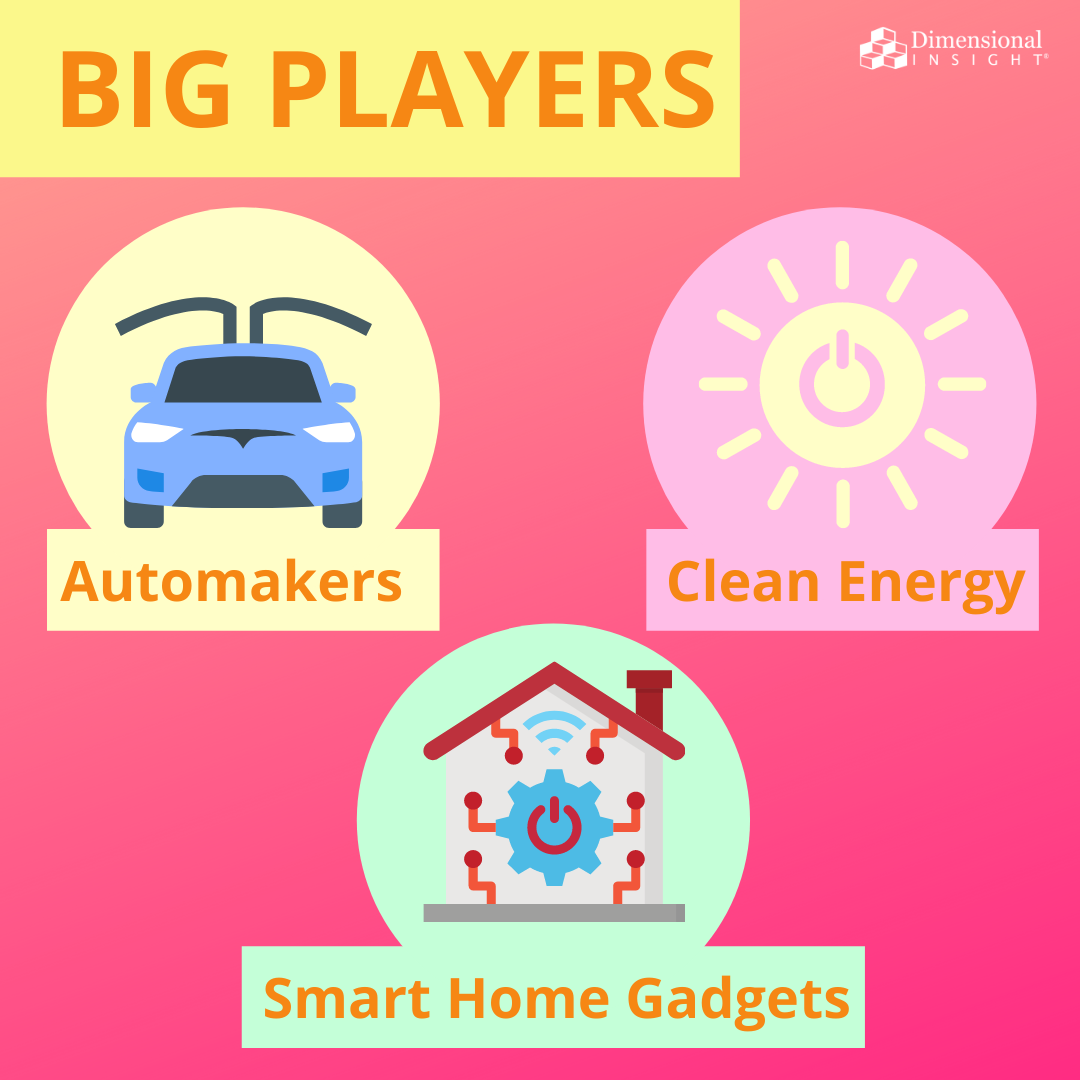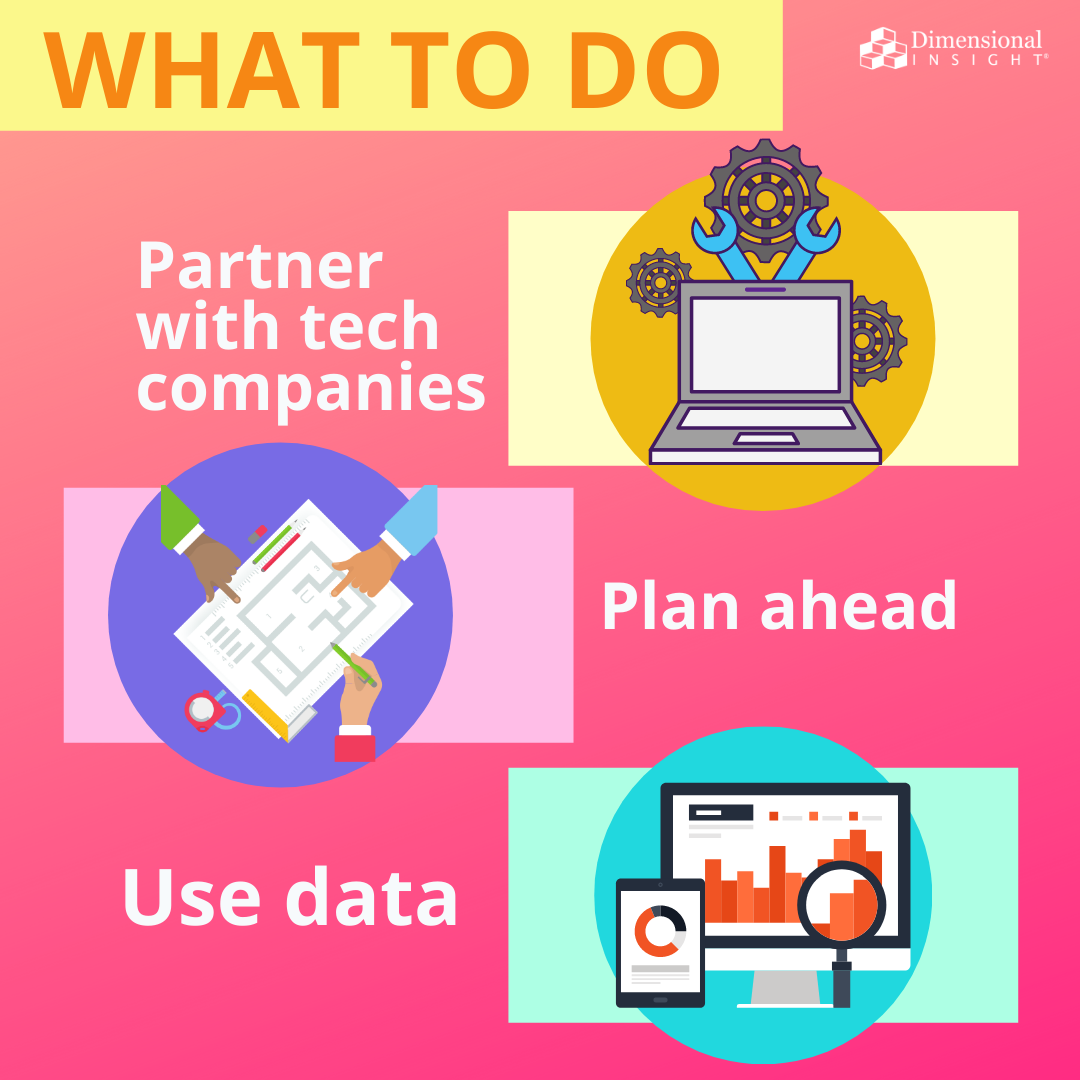Along with the arrival of the Biden administration comes big goals for net carbon emissions. Biden’s campaign platform calls for national net-zero greenhouse gas emissions by 2050 and a $2 trillion investment to help equitably achieve this target.
The utility market will converge in the coming months and years as companies strive to meet the net-zero greenhouse gas emissions goal. The real challenge is who can best cost-effectively manage this distributed energy resources (DER) digital infrastructure, which may leave traditional utilities behind.
According to Deloitte’s 2021 power and utilities report, automobile companies that currently offer EV charging may try to break into the utility sector, and technology companies that naturally pair well with renewable energy may dominate the market as well.
The challenges of transitioning to net-zero greenhouse emissions
The United States’ current electrical grid is getting old. The technology is dated and reliability waivers. The Grid Modernization Multi-Year Program Plan already has started its plan to modernize the grid, which means “improved security, reduced peak loads, increased integration of renewables and lower operational costs.”
However, updating the grid is an enormous and expensive undertaking.
Josh D. Rhodes of the University of Texas estimates the average age of power lines and transformers is 28 years old, and the average age of generation assets is 30 years old. The cost of replacing these assets will cost nearly $4.8 trillion.
Utilities face challenges from climate change, as well. The unpredictable weather causes delays in renovation projects or, worse, it damages already aging infrastructure. Just last month in Texas, after an unprecedented snowstorm, customers faced power outages for days, and then some saw utility bills costing thousands of dollars.
Who the big players will be
The average consumer recognizes Tesla as the leader of electric cars, but General Motors won’t be far behind with their promise to produce 30 new electric vehicles by 2025. For GM’s electric vehicles to flourish, charging stations alongside highways and roads will need to grow, as well.
Deloitte predicts, “automakers’ increased shift toward electric vehicles (EVs) could also help enhance the electric grid via charging infrastructure and battery storage development.”
The report stated, “Technology companies may also do the same as they enable vehicles, homes, and businesses to serve as distributed energy resources (DER) in addition to consuming them. The convergence of the electric, transportation, and building sectors may witness companies with varying levels of regulatory, technological, and capital constraints and opportunities partnering (or competing) with power and utility industry companies. All these companies are looking to establish a strategic foothold in a new energy landscape.”
The rise of clean energy and the rise of technology in the utility sector will increase in tandem. Managing clean energy allocations and utility services online is something a tech start-up may be better equipped to handle.
As more community solar projects come online to send clean energy to residents and communities without physical solar panels on their roofs or wind turbines nearby, companies such as BlueWave Solar, Arcadia, and Common Energy created digital infrastructures to match customers with clean energy credits. This reduces the cost of a customer’s bill and expands access to clean energy.
The rise of smart home gadgets will also start to have an impact on a home’s electricity usage.
“Expect to see consumers calling the shots. It’s predicted by 2023 that the “smart home” market will reach $138 billion and smart meters will be a big part of this; meanwhile, the market is starting to see increased competition from Amazon Alexa, Google, and others,” EASI wrote in a report published on its website. “This should serve as a wake-up call for utilities to be agile, flexible, and operationally sound. Utilities will want to stick to what is core to their business and look for partners that can guide them through this potential threat and make a competitive advantage.”
What utility companies can do to ease the pain points of transitioning to net-zero emissions
While the transition to net-zero gas emissions will provide massive benefits long-term to utilities and the customers they serve, there’s no denying the challenges of a shift this size.
Traditional utilities have a few options to help them conquer this new frontier:
- Partner with technology companies, such as automaker or tech startups, to help manage the digital and physical infrastructure needed to expand. Think of it as the old saying, “if you can’t beat them, join them.”
- Plan ahead: the goal and timeline are clear. The transition to net-zero emissions needs to start now, but there’s time to transition slowly and hit benchmarks along the way.
- Use data: Data can help you plan when the best times for repairs and updates are based on high and low usage times. Data can also help forecast your customers’ desires, such as integrating clean energy sources or smart home options.
- 87% of Utilities Have Experienced at Least One Data Breach in Last Three Years - February 5, 2024
- Can Drones Lower Your Next Utility Bill? - January 10, 2024
- Onshore Wind Farms Are The Next Big Thing In Renewable Energy - December 6, 2023






